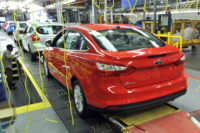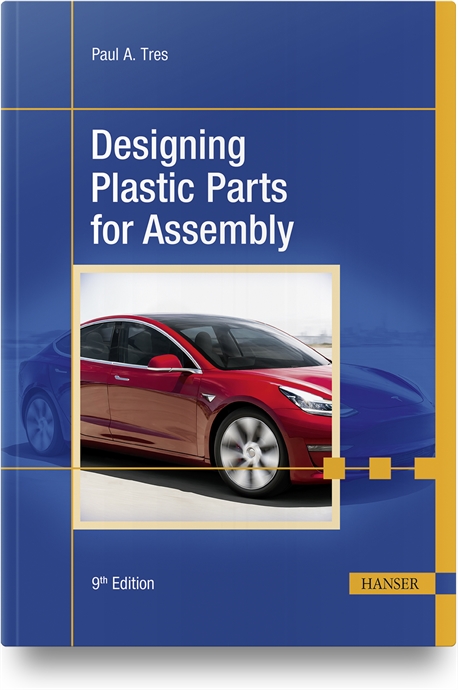Innovation is a principal driver of U.S. economic growth. In 2022, the U.S. will spend nearly $600 billion on research and development—more than any other country in the world and more than 25 percent of the world’s total. As a whole, the U.S. ranks third on the World Intellectual Property Organization’s Global Innovation Index.
But, certain states deserve more credit than others for America’s dominance in the tech era. These states continue to grow innovation through investments in education, research and business creation, especially in highly specialized industries.
To recognize the nation’s biggest contributors, the personal-finance website WalletHub compared the 50 states and the District of Columbia across 22 key indicators of innovation-friendliness. The metrics were grouped into two categories: “human capital” and “innovation environment.” The former included metrics such as share of STEM professionals and projected STEM-job demand by 2028. The latter included metrics such as share of technology companies, R&D spending per capita, and net migration (the net number of people moving to or from a state per 1,000 residents).
Each metric was graded on a 100-point scale, with a score of 100 representing the most favorable conditions for innovation. The company then determined each state’s weighted average across all metrics to calculate its “State Innovation Index” and used the resulting scores to rank-order the sample.
Data used to create this ranking were collected from the U.S. Census Bureau, Bureau of Labor Statistics, National Science Foundation, National Center for Education Statistics, U.S. Patent and Trademark Office, Ewing Marion Kauffman Foundation, Gust.com, Tax Foundation, Consumer Technology Association, U.S. Cluster Mapping Project, Projections Central—State Occupational Projections, The Computing Technology Industry Association, BroadbandNow, Code.org Advocacy Coalition, and National Venture Capital Association.
The top 10 most innovative states are as follows:
- District of Columbia, 76.00
- Massachusetts, 73.66
- Washington, 68.86
- Maryland, 65.01
- Colorado, 64.15
- Virginia, 63.11
- California, 61.54
- Delaware, 55.40
- New Hampshire, 54.66
- Utah, 52.51
The 10 least innovative states are as follows:
42. Oklahoma, 33.24
43. Kentucky, 32.77
44. Iowa, 32.18
45. South Dakota, 31.51
46. Nebraska, 28.85
47. Arkansas, 29.22
48. West Virginia, 28.81
49. North Dakota, 28.58
50. Louisiana, 21.3
51. Mississippi, 20.07
Washington has the highest share of STEM professionals, 10.65 percent, which is three times higher than in Mississippi, the lowest at 3.55 percent. The District of Columbia has the highest share of technology companies, 8.19 percent, which is 3.1 times higher than in North Dakota, the lowest at 2.62 percent. New Mexico has the highest R&D intensity, 7.02 percent, which is 17.6 times higher than in Wyoming, the lowest at 0.4 percent.
Not happy with your state’s ranking? Fortunately, there are ways that state policymakers can facilitate innovation.
“Innovation tends to have significantly positive geographical spillovers—meaning firms, institutions, or individuals at close locations benefit from frequent collaborations,” says Tian Heong Chan, Ph.D., assistant professor at Emory University. “So fostering some kind of innovation hub…would be a good start. I also think that the presence of maker spaces or coding spaces, where young kids can play and tinker with building products and software codes, is useful to encourage innovation from a young age.”
The researchers also found that investments in innovation have increased during the pandemic.
“Recent reports show that U.S. companies raised nearly $330 billion from venture capitalists in 2021, which is nearly double the previous record in 2020,” points out Johnathan R. Cromwell, Ph.D., assistant professor at the University of San Francisco. “So if anything, it seems that investments have only increased during the pandemic. If you look back in history, this is not actually that surprising. Wartime crises spurred innovation during the Civil War and WWII. An energy crisis spurred innovation in the refrigeration industry in the 19th century. And, the climate crisis is spurring radical innovations across numerous industries today. …Every crisis brings new consumer demands to light, which presents new opportunities to solve problems and build new businesses.”
Where does your state rank? To view the full report, click here.







